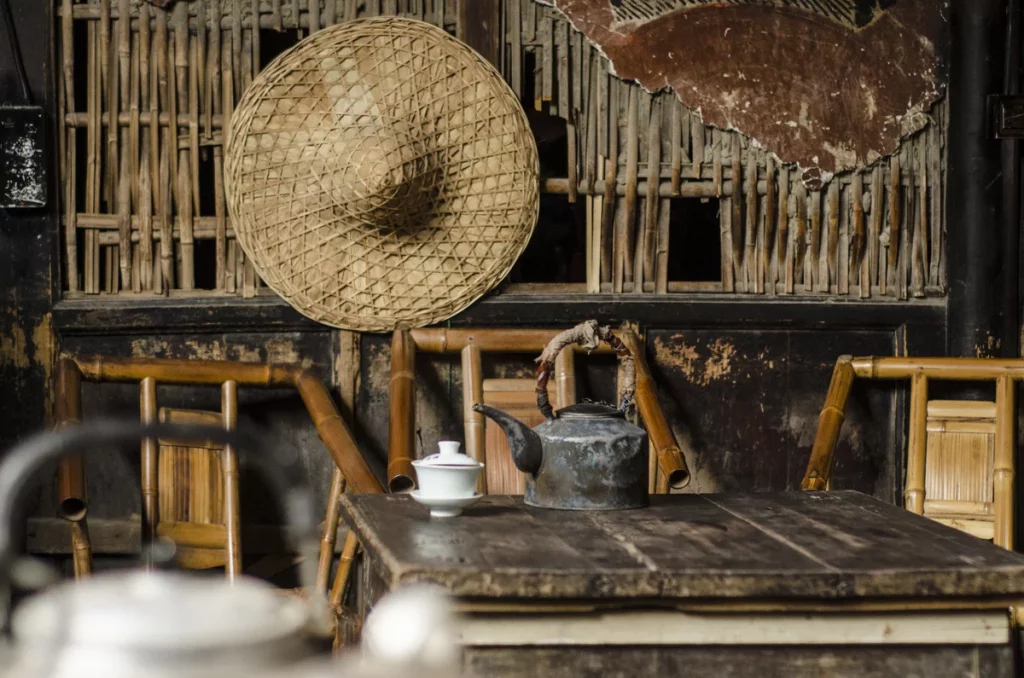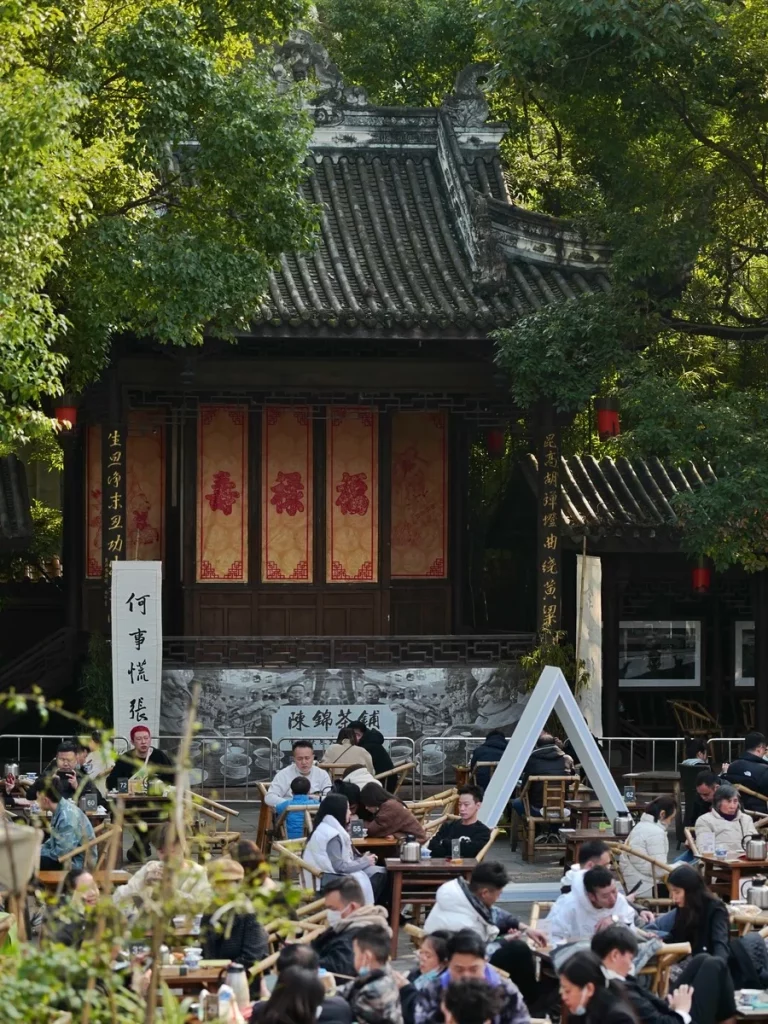Coffee may be the drink of choice in many parts of the world, and for many of the participants who have been taking part in the Chengdu FISU World University Games, they have learned it’s tea that is regularly sipped in this city.
With estimates of 10,000 tea houses to visit in Chengdu, there are plenty of places to relax away an afternoon drinking tea while chatting with friends or contemplating some of life’s more complex questions.

Tea culture across China is an important social staple, but Chengdu takes it to a different level with their unique Sichuan-featured tea house culture. This philosophy may simply include chatting and gossiping over tea or may instead see people gather to watch performers of Sichuan opera. There is also a long history of business getting done in tea houses, which continues to this day. It quickly becomes apparent how embedded tea and tea houses are in the day to day of Chengdu.
Close your eyes and imagine yourself sitting in a bamboo chair, about to relax in a beautiful Chengdu tea house. Once you’re settled, sense the fragrance of Gaiwan tea that hits you and that you’ll soon be sipping on. The tea itself is the focus, but it is the Gaiwan tea sets that highlight the depth of cultural importance this takes on in Chengdu. The three-piece set is made up of the ‘gai’ (or the lid) the ‘wan’, (the tea bowl or cup), and the saucer. The lid represents Heaven, the saucer the earth, and the bowl is humankind.

Legend suggests that the daughter of a Sichuan regional military governor and Chengdu governor named Cui Ning was responsible for adding the saucer to the set. During this time of the Jianzhong Era of Tang Dynasty (780–783 A.D.), she grew tired of burning her fingers on the hot cup and first attempted to use a tray to avoid this problem. Without it attached to the tray this proved to be a difficult compromise, so wax became the bonding agent of tray and cup, and with that the first saucer was created. The lid was a later advancement that helped form the complete set used today. The advent of the lid not only helped keep the tea hot but gets used to keep the tea leaves at bay as the tea is sipped.
With thousands of ways to connect in our modern times, the Gaiwan tea set additionally serves as a humble communication tool. For more water – simply lean the lid on the saucer and a server will arrive soon. If the cup is placed beside the saucer, it means that even if the guest has stepped away, they’ll soon return. When the lid is placed upside down in the cup, that means the drinking is finished and they’re ready to go.

If the versatility of this unique, three-piece set isn’t yet enough to entice you into the story of tea culture in Chengdu, how the water is poured might. The long-spout teapot show plays a key role in Chinese Kungfu Tea performances and also has a legendary origin story. The son of warlord Liu Bei, in the Three Kingdoms period (A.D. 200-280), felt a level of concern with people getting close to his father while he drank tea. To ensure the water could still flow while threats were kept at bay, Zhuge Liang created the long spout tea pot, which today can be up to 1.5m in length. This invention is not just a form of entertainment or security, but also helps the water arrive to the cup at just the right temperature. As Sichuan tea is best served at 80 degrees centigrade, its journey from spout to cup cools it to that perfect warmth.
Leaves, hot water, joined with pouring and serving vessels combine to make up the seemingly simple cup of tea. Chengdu, it is evident though, sees tea very differently. Here, all aspects of that cup of tea are an experience. From ambience, to how its served and consumed, Chengdu in part tells its story through tea. As the FISU Games draw to a close the world’s student-athletes may now have some time to relax and enjoy this foundation of life in Chengdu.
Written by Doug McLean




